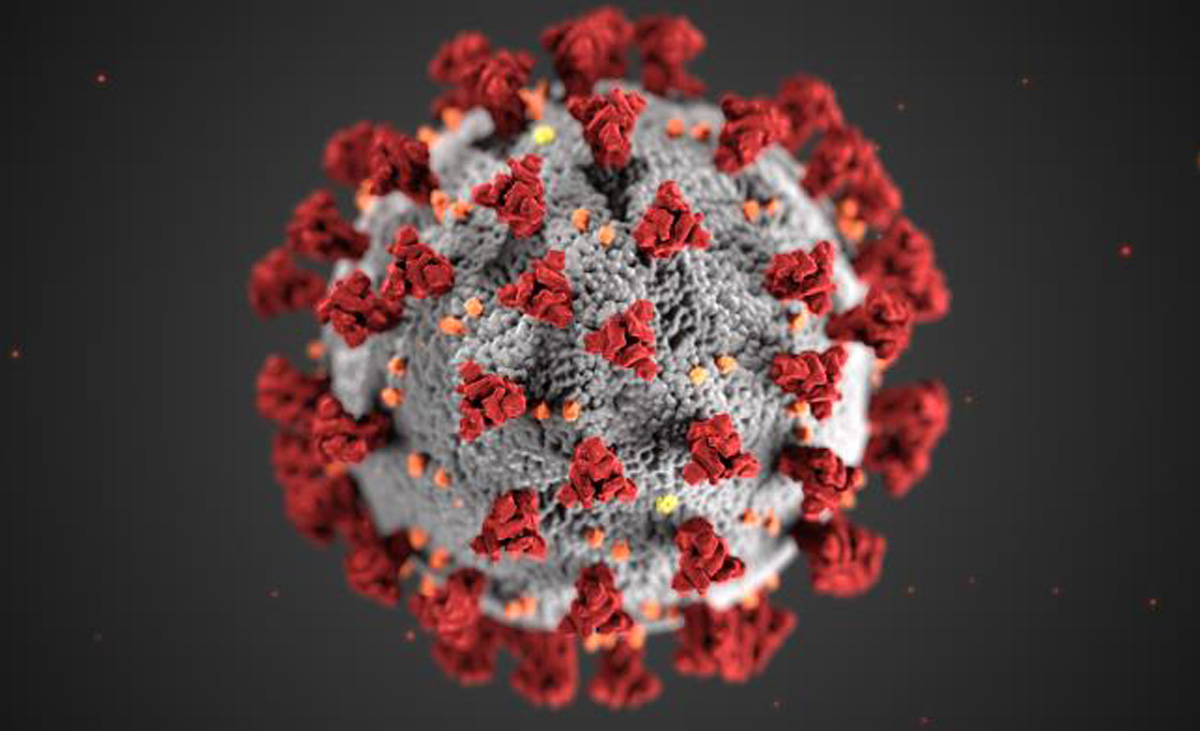
Most Comprehensive Map of SARS-CoV-2 Genomic Structures Now Published
September 9, 2020| |
The structures within its RNA that SARS-CoV-2 uses to infect cells have now been identified by scientists, generating the most comprehensive atlas to date of the SARS'CoV-2's genome. A team at the Howard Hughes Medical Institute (HMHI) led by RNA scientist Anna Marie Pyle has now made the most comprehensive map to date of these genomic structures.
Pyle's team mapped structures across the entire RNA genome of the coronavirus SARS-CoV-2, using living cells and computational analyses. Measuring about 30,000 RNA letters, SARS-CoV-2's genome is unusually long for an RNA virus. Even so, it is still quite stubby compared to the genomes of people, plants, and even bacteria. Contorting its RNA into three-dimensional shapes gives SARS-CoV-2 another set of tools with which to compensate for a limited number of genes. "An RNA virus gets the most bang for its buck in terms of how it uses its genome," Pyle says.
Pyle's team deciphered the SARS-CoV-2's genome with two parallel approaches. In one study, they examined the RNA's structure from within infected cells, where the team created a snapshot of the RNA genome's full structure. This was the first time anyone has captured such a comprehensive picture of a viral genome from within living cells. In a related study, the team tried to predict how SARS-CoV-2's RNA genome might fold and interact with themselves. The two studies have not yet undergone the scientific vetting process known as peer review, but together, they reveal that SARS-CoV-2's genome has a complex, compact architecture. "The coronavirus genome has more structure than any RNA my lab has studied in the past," Pyle says.
For more details, read the article in HMHI Research News.
| |
You might also like:
- Scientists Discover Mutation Making SARS-CoV-2 Milder
- Study Finds SARS-CoV-2 Has Six Strains
- International Team of Researchers Identify Evolutionary Origins of SARS-CoV-2
Biotech Updates is a weekly newsletter of ISAAA, a not-for-profit organization. It is distributed for free to over 22,000 subscribers worldwide to inform them about the key developments in biosciences, especially in biotechnology. Your support will help us in our mission to feed the world with knowledge. You can help by donating as little as $10.
-
See more articles:
-
News from Around the World
- 3rd Asian Short Course on Agri-biotech, Biosafety Regulation, and Communication
- ISAAA Kicks Off Discourses on Regulatory Approaches for Animal Biotech
- Kenyan Scientists Embark on Synthetic Biology Research
- US EPA Proposes to Ease Up Regulations on Certain Biotech PIPs
- Australian OGTR Receives License Application for Field Trial of GM White Clover
- Plant Protein Discovery to Help Plants Tolerate Climate Change and Reduce Need for Fertilizers
-
Research Highlights
- International Research Team Discovers How Plants Shut the Door on Infection
- Meta-analysis Investigates Effect of Bt Crops on Soil Invertebrates
-
Plant
- Scientists Publish qPCR Method for Commercial Gene-Edited Canola
- New Bicistronic TALENs Enhance Genome Editing
- Study Shows OsCRS2 Vital for Chloroplast Development in Rice
-
Health
- Most Comprehensive Map of SARS-CoV-2 Genomic Structures Now Published
- Nigerian Scientists Identify Seven Lineages of SARS-CoV-2
-
Read the latest: - Biotech Updates (December 10, 2025)
- Gene Editing Supplement (November 26, 2025)
- Gene Drive Supplement (February 22, 2023)
-
Subscribe to BU: - Share
- Tweet

